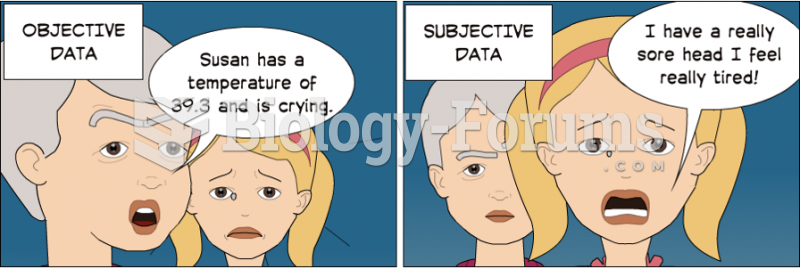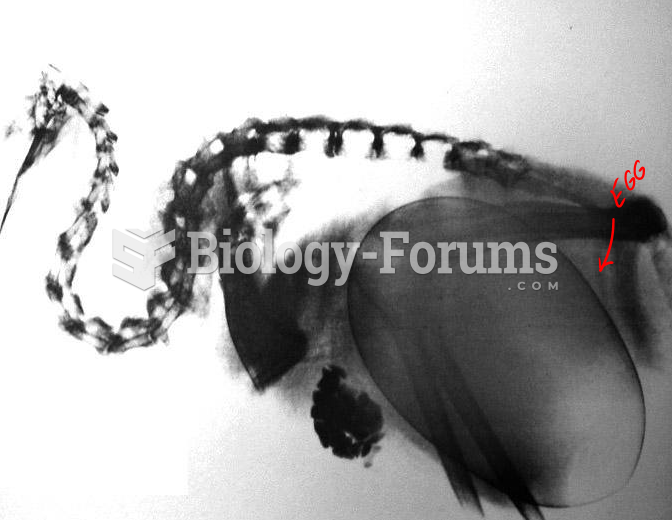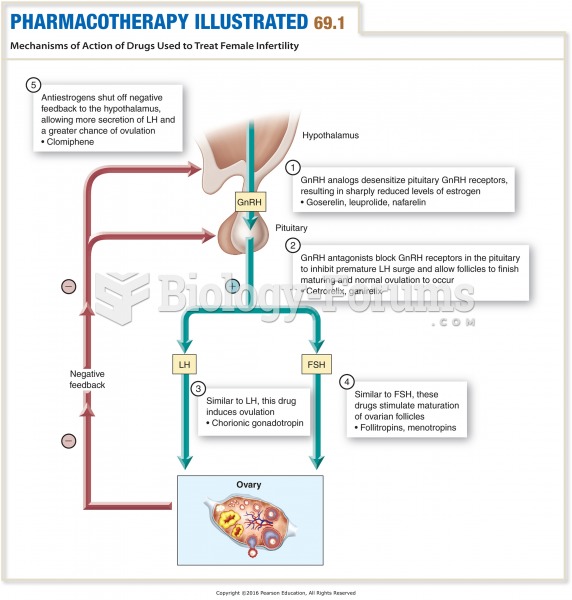EMERGENCY DEPARTMENT VISIT
SUBJECTIVE: This 12-year-old female was driving a three-wheeler while her family was recreating in hills this afternoon with her smaller sister when she flipped the three-wheeler over. She did not have any helmet on at the time of the accident. She denies any loss of consciousness. She did strike her head on the ground and has an abrasion on her forehead but her main complaint is pain in the left posterior iliac crest region. This patient denies any recent illness. She has not had any cough, sore throat, fever or chills. She denies any urinary tract symptoms. She does not have any nausea or vomiting. The patient is having considerable pain and discomfort when she walks; most of this pain is in the left posterior aspect of her back extending from the lower rib cage to the iliac crest. She has several abrasions including a fairly deep abrasion on the left hip. The patient is current on her tetanus immunization.
OBJECTIVE: Physical examination reveals a well-developed, well-nourished young woman. Vitals include initially a temperature of 100.9, pulse of 79, respirations of 18, blood pressure 114/56. Subsequently, her temperature was rechecked, it remained at 100.4. Her vitals remained stable. Head is nontender although she does have some abrasions on her forehead. TMs are clear bilaterally. Pharynx is clear. There is no tenderness over her maxillary sinuses. Her neck is supple with full range of motion and no tenderness. Lungs are clear to auscultation. The patient is tender in the left flank and posterior rib cage. She is also tender over the left posterior iliac crest. Her abdomen is soft. She has active bowel sounds. There are no peritoneal signs. There is no tenderness in the area of the spleen in the left upper quadrant. Her pelvis is actually quite stable and nontender to anterior lateral or pubic compression. She has full range of motion in all of her extremities. She does have some pain in the left hip with flexion of the hip.
X-rays were obtained of the pelvis, which appear to be within normal limits. Additionally urine was obtained which reveals 45 epithelial cells, 1520 red cells, 810 white cells, and 1+ bacteria. In view of the patient's fever, which I am unable to explain by any physical findings at this time nor can it be explained by any complaints, a urine culture was set up.
ASSESSMENT:
1. Three-wheeler accident with contusion to the back, head, and left hip.
2. Fever of uncertain etiology.
PLAN: The patient is given Darvocet N for pain as Tylenol with Codeine makes her sick to her stomach. She is given some Robaxin for a muscle relaxant. She is given 2 days school excuse. She is advised to return to the ER if she develops any new symptoms. I particularly caution the patient to watch for any fever or chills. I will contact the patient and her family if we grow any bacteria of significant number on the urine culture.
ICD-9-CM diagnosis code(s): ___________________ __
ICD-10-CM diagnosis code(s): ___________________ __
CPT code(s) with modifier, if applicable: ___________________ __
APC: ___________________ __
What will be an ideal response?
Question 2
UHDDS defines a _____ as an additional diagnosis describing a condition that arises after the beginning of hospital observation and treatment that modifies the course of the patient's illness or the medical care required.
A. principal diagnosis
B. secondary diagnosis
C. comorbidity
D. complication







